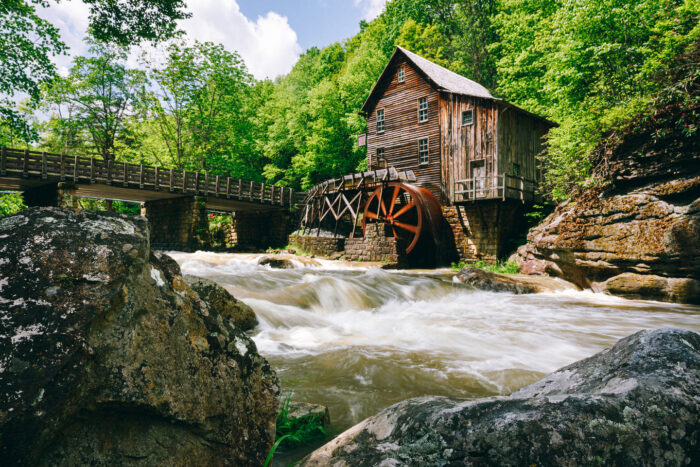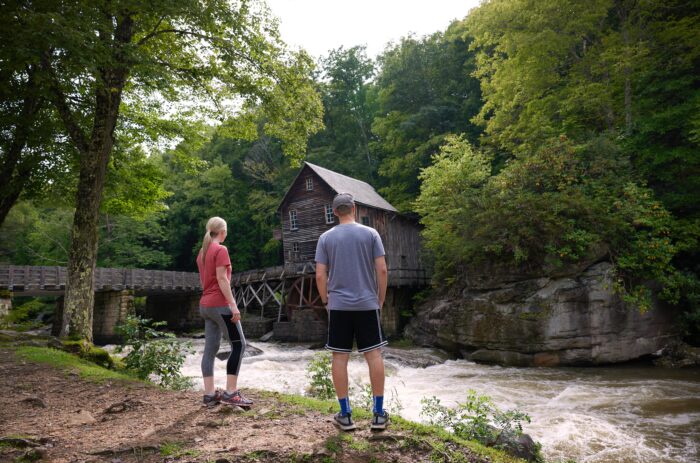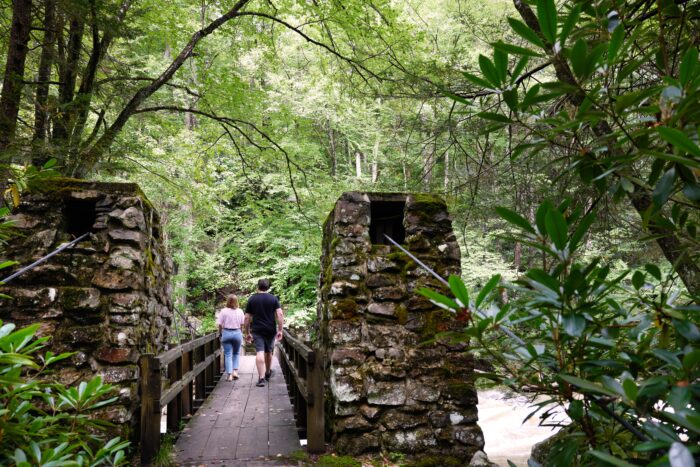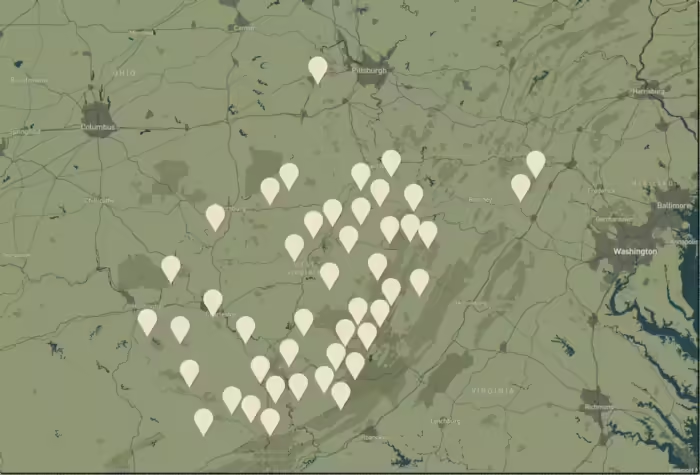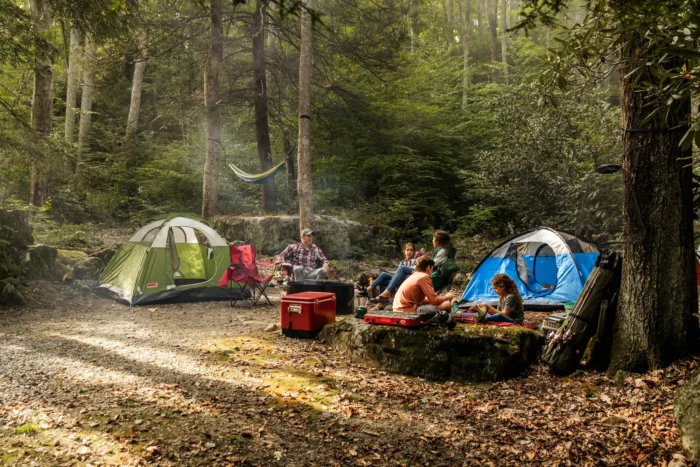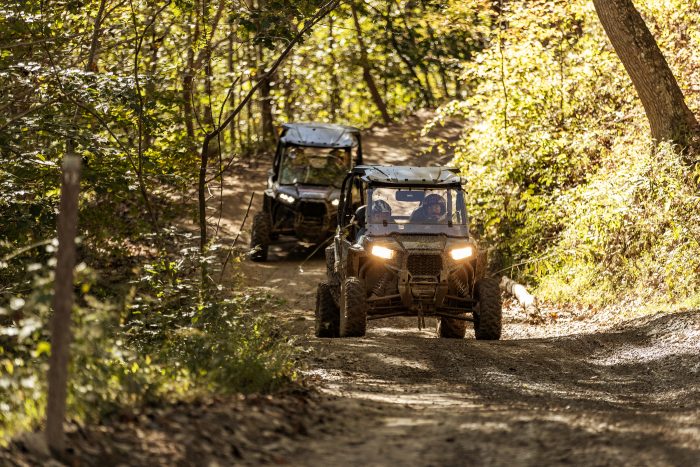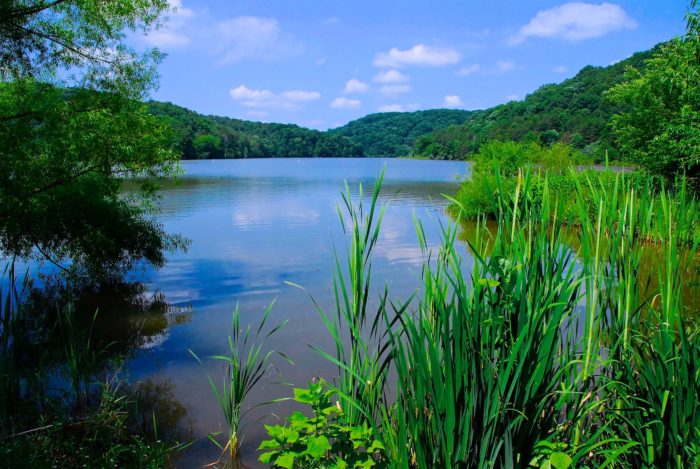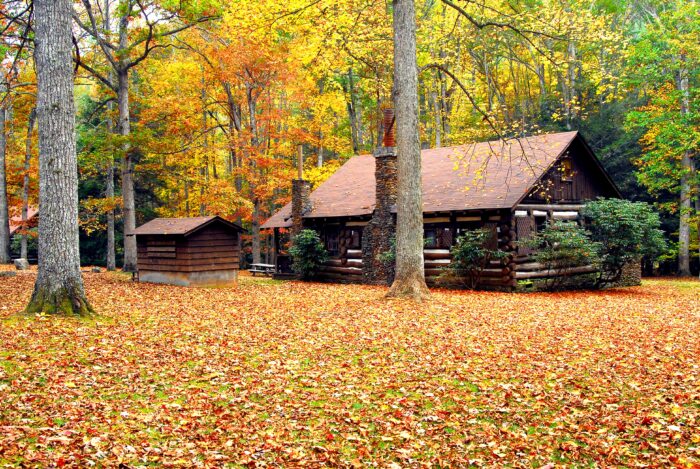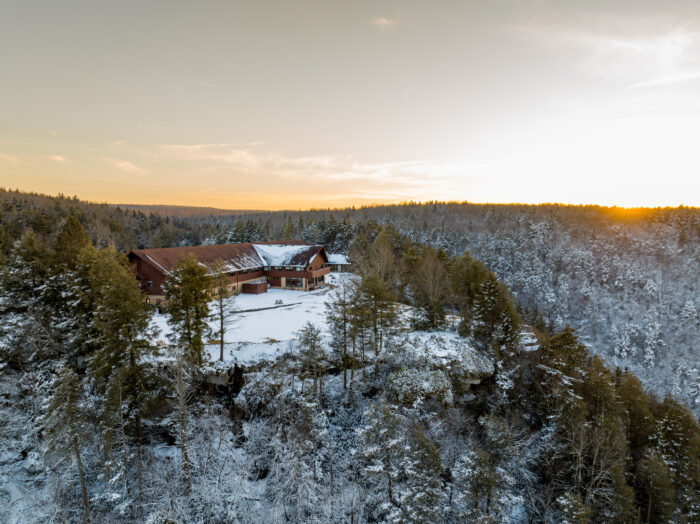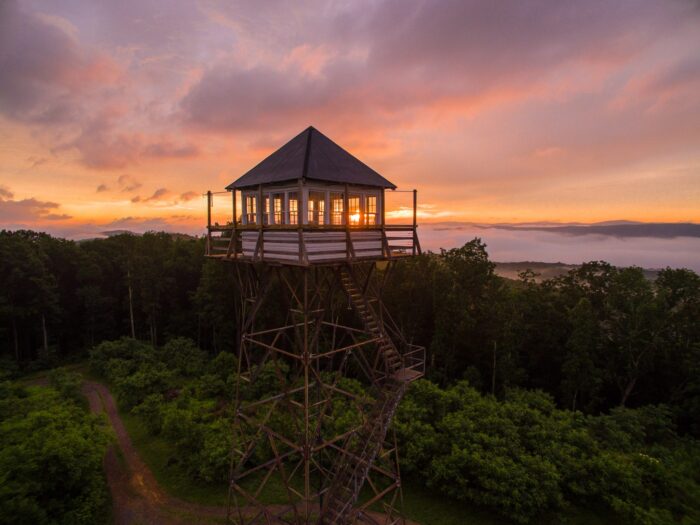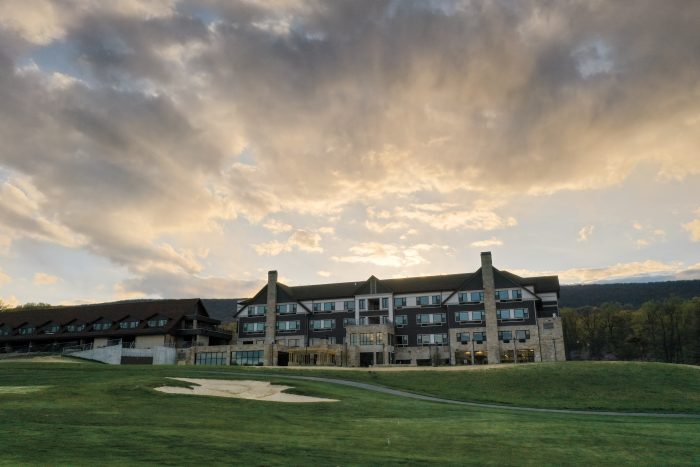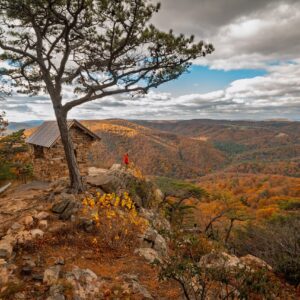Babcock State Park Overview & History
Park Overview
One of West Virginia’s most iconic destinations in West Virginia, Babcock State Park has 4,127 acres of stunning scenery. Located 20 miles southeast of the New River Gorge Bridge, the park is known for the Glade Creek Grist Mill, a fully functional replica of the original Cooper’s Mill that once stood on the grounds. Other attractions include recreational activities like hiking, fishing, mountain biking and whitewater rafting in the nearby New River Gorge.
Nature and landscape photographers who wish to fly a drone near the Glade Creek Grist Mill must check in at the park office in advance. The use of drones is permitted, but only from 1-3 p.m. daily. Check-in at the park office for drone use at other times. Drones may not be flown over buildings or the parking area and must stay at least 20 feet away from the mill.
Park History
In the 1930s, two CCC camps located in Clifftop, Camp Beaver and Camp Lee became the site of what is now known as Babcock State Park. The original camp buildings are gone today, but Babcock’s Campground is located at the former site of Camp Lee. All plans for the administration building, cabins and other work were drawn up by park staff at the park and approved by the Department of the Interior. The Babcock, Watoga, Cacapon, Lost River and Oglebay camps were operated by the Civilian Commission of West Virginia in cooperation with the National Park Service of the Department of the Interior. Other help included a skilled stonemason foreman who supervised the park’s stone quarry and worked on the administration building.
The Glade Creek Grist Mill at Babcock is a new mill completed in 1976. Fully operable, this mill was built to recreate a previous one that once ground grain on Glade Creek long before Babcock became a state park. Known as Cooper’s Mill, it stood on the present location of the park’s administration building parking lot. Of special interest, the mill was created by combining parts and pieces from three mills that once dotted the state. The basic structure of the mill came from the Stoney Creek Grist Mill, located near present-day Marlinton, WV and dating back to 1890. After an accidental fire destroyed the Spring Run Grist Mill near Petersburg, Grant County, only the overshot water wheel could be salvaged. Other parts for the mill came from the Onego Grist Mill near Seneca Rocks in Pendleton County. A living monument to the over 500 mills that thrived in West Virginia at the turn of the century, the Glade Creek Grist Mill provides freshly ground cornmeal, which park guests may purchase depending on availability and stream conditions. Visitors to the mill may journey back to a time when grinding grain by a rushing stream was a way of life, and the groaning mill wheel was music to the miller’s ear.
